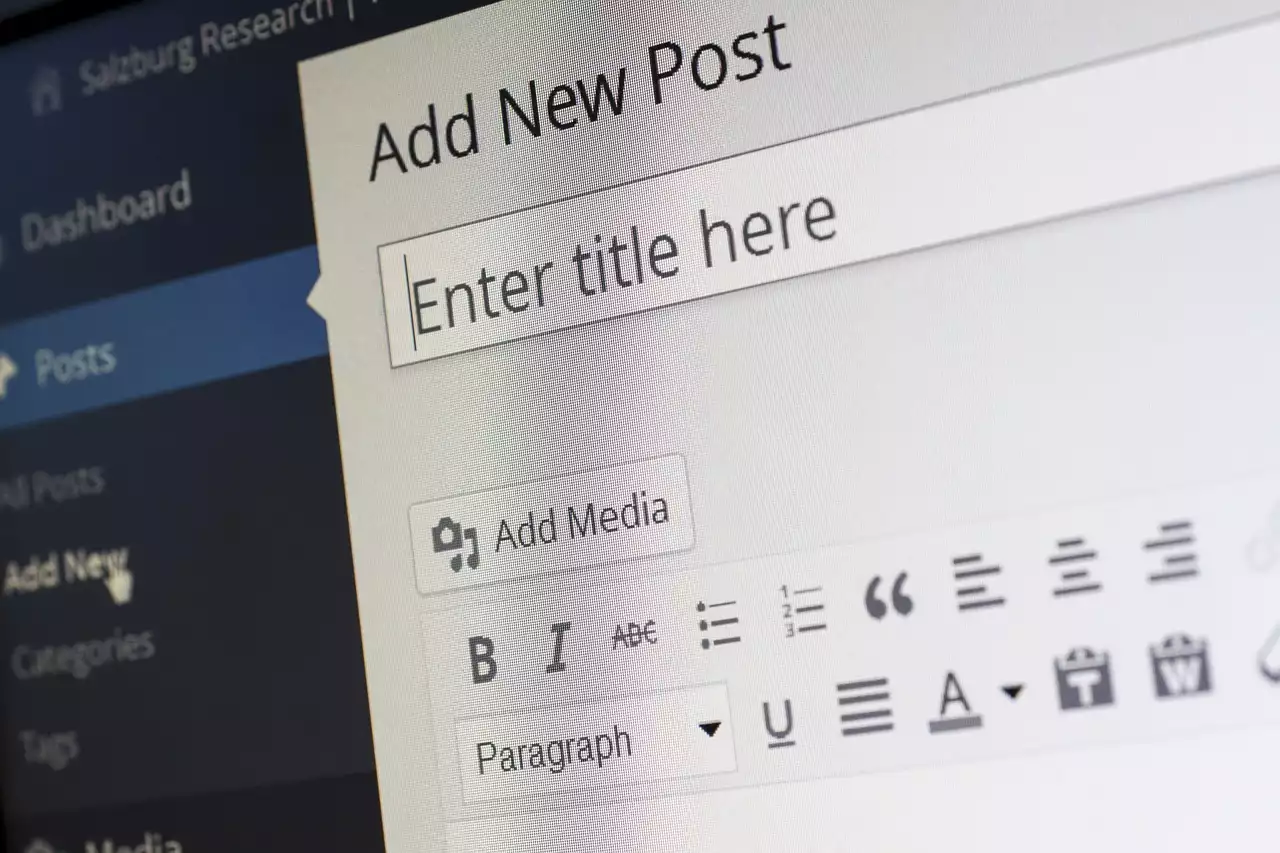1. Understanding your audience for effective email marketing
The first step in improving your email campaign performance is to understand your audience. This includes understanding their interests, needs, and preferences. By collecting data on your audience, you can segment them into groups and send targeted emails that are tailored to their specific interests. This personalization can help increase your open rates and engagement.
To collect data on your audience, you can use surveys, feedback forms, and analytics tools. These tools can help you gather information such as age, gender, location, and interests. By using this data, you can segment your audience into groups and tailor your email campaigns to their specific needs.
Another way to understand your audience is to analyze their behavior. This includes tracking their email opens, clicks, and conversions. By analyzing this data, you can identify patterns and trends in their behavior and adjust your email campaigns accordingly.
2. Crafting compelling subject lines and preheader text
The subject line and preheader text are the first things that people see when they receive your email. Therefore, it is essential to craft compelling subject lines and preheader text that grab their attention and entice them to open your email.
To create compelling subject lines, you can use personalization, urgency, and curiosity. Personalization involves using the recipient’s name or other personal information in the subject line. Urgency involves creating a sense of urgency or scarcity, such as “Limited time offer”. Curiosity involves creating a sense of mystery or intrigue, such as “You won’t believe what’s inside”.
The preheader text is the text that appears after the subject line in the recipient’s inbox. It provides additional context and information about the email. To create compelling preheader text, you can use a call to action, highlight the benefits of the email, or provide a teaser of what’s inside.
3. Creating targeted and personalized email content
Once you have segmented your audience and crafted compelling subject lines and preheader text, it’s time to create targeted and personalized email content. This includes the email copy, images, and other multimedia.
To create targeted and personalized email content, you can use the data you collected on your audience to create content that is tailored to their interests and needs. This can include using their name in the email copy, referencing their past purchases or interactions with your business, and providing content that is relevant to their interests.
In addition to personalization, it is essential to create email content that is engaging and valuable. This includes using clear and concise language, highlighting the benefits of your products or services, and providing valuable information or resources.
4. Optimizing email design for better engagement
Email design plays a crucial role in email campaign performance. A well-designed email can increase engagement and conversions, while a poorly designed email can lead to unsubscribes and lower engagement.
To optimize email design, it is essential to use a responsive design that is optimized for mobile devices. This includes using a single column layout, using large font sizes, and using clear and easy-to-read fonts.
In addition to responsive design, it is essential to use eye-catching visuals such as images and videos. These visuals can help break up the text and make the email more engaging. However, it is important not to overload the email with too many visuals, as this can slow down load times and lead to lower engagement.
5. The importance of testing and analyzing email campaigns
Testing and analyzing your email campaigns is crucial to improving their performance. This includes testing different subject lines, email copy, images, and other elements to see what works best.
To test your email campaigns, you can use A/B testing, which involves sending two versions of an email to a subset of your audience and seeing which version performs better. This can help you identify what elements of your email campaigns are most effective and adjust your campaigns accordingly.
In addition to testing, it is essential to analyze your email campaigns’ performance. This includes tracking open rates, click-through rates, and conversions. By analyzing this data, you can identify areas where your campaigns can be improved and make adjustments accordingly.
6. Analyzing your email performance
Analyzing your email campaigns’ performance is crucial to understanding how well they are performing and identifying areas for improvement. This includes tracking open rates, click-through rates, and conversions.
Open rates track the number of people who opened your email, while click-through rates track the number of people who clicked on a link in your email. Conversions track the number of people who took a desired action, such as making a purchase or filling out a form.
By analyzing this data, you can identify patterns and trends in your email campaigns and make adjustments accordingly. For example, if you notice that your click-through rates are low, you may need to adjust your email copy or call to action to make it more compelling.
So What? Analyzing Your Email Marketing Performance
7. Timing and frequency of email campaigns
Timing and frequency are crucial factors in email campaign performance. Sending emails at the right time can increase open rates and engagement, while sending too many emails can lead to unsubscribes and lower engagement.
To determine the best timing and frequency for your email campaigns, you can use data on your audience’s behavior and preferences. This includes analyzing when they are most likely to open and engage with your emails and how frequently they want to receive them.
In addition to timing and frequency, it is essential to consider the time zone of your audience. If you have a global audience, you may need to adjust your email campaigns’ timing to account for different time zones.
8. The role of calls to action (CTAs) in email marketing
Calls to action (CTAs) are crucial elements of email marketing. They are the buttons or links that encourage recipients to take a desired action, such as making a purchase or filling out a form.
To create effective CTAs, it is essential to use clear and concise language that tells the recipient exactly what action they need to take. This includes using action-oriented language such as “Shop now” or “Download our guide”.
In addition to language, it is important to use contrasting colors and placement to make the CTA stand out. This can help increase click-through rates and conversions.
9. List hygiene and email deliverability best practices
List hygiene and email deliverability are crucial factors in email campaign performance. List hygiene involves keeping your email list clean and up-to-date, while email deliverability involves ensuring that your emails are delivered to your subscribers’ inboxes.
To maintain good list hygiene, it is essential to regularly clean your email list by removing inactive subscribers and unsubscribes. This can help improve engagement and prevent your emails from being marked as spam.
To improve email deliverability, it is essential to follow best practices such as using a reputable email service provider, avoiding spam trigger words, and using a double opt-in process. These best practices can help ensure that your emails are delivered to your subscribers’ inboxes and not marked as spam.
10. Tools and resources for improving email campaign performance
There are many tools and resources available to help improve email campaign performance. These include email marketing software, analytics tools, A/B testing tools, and email design tools.
Email marketing software such as Mailchimp, Constant Contact, and Campaign Monitor can help you create and send email campaigns, while analytics tools such as Google Analytics can help you track and analyze your email campaign performance.
A/B testing tools such as Litmus and Optimizely can help you test different elements of your email campaigns, while email design tools such as Canva and BEE can help you create eye-catching visuals for your emails.










